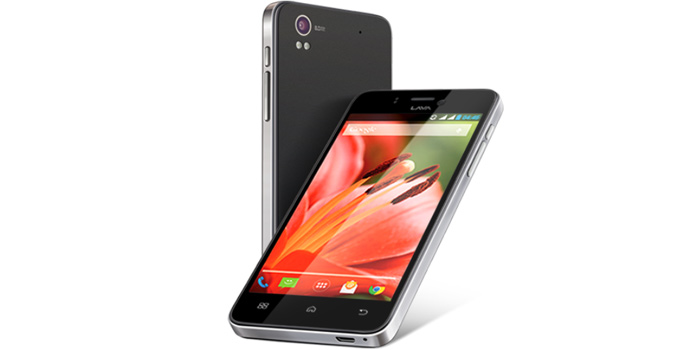We dare you to check out the Lava Iris Pro 30 or Xolo Q1100 in detail and dismiss them by saying, they’re just cheap smartphones by dodgy Indian brands. Over the past year or so, homegrown companies have risen to the top of the market with the intention of giving stiff competition to international names. In fact, Micromax has come so close to beating Samsung to its game in India, the South Korean giant is getting slightly nervous.
Here’s our upside down review (upside down, because we’re starting by giving you our conclusion first) of the two aforementioned Indian smartphones. If you thought we were going to say that the Lava Iris Pro 30 is better that the Xolo Q1100 in terms of specs and features, wrong guess. Both devices carry specifications that weigh more or less the same with us. But there are a couple of points which render one better than the other.

Screen and cameras:
The Lava handset has a 4.7-inch 1280 x 720p IPS OGS touchscreen and its competitor sports a slightly larger 5-inch IPS OGS panel, though it sticks to the same resolution for displaying visuals. So no one scores over the other in this aspect. Both carry 8MP cameras with flash support on their rear. If the webcam is an important feature according to you, then the Iris Pro 30 has a 3MP one, while the Q1100 is satisfied with a 2MP lens above the screen.
Memory, RAM and design:
With 8GB of hoarding space onboard, the Xolo phone has twice as much internal storage as its rival. The two devices share the same specs with regards to RAM and memory expandability. Each are comfortable with 1GB of RAM and hide a microSD card slot for adding up to 32GB of extra storage. It’s a matter of opinion of course, but we prefer the Iris Pro 30’s vaguely iPhone-inspired design with a metallic band framing the chassis over the softer and smoother appearance of the Q1100.
Processor:
MediaTek is a brand associated with low cost phones for a reason. Lava’s offering in this battle of inexpensive phones with great features carries a humble MediaTek chipset. It’s a 1.2GHz quad core piece of technology that may put you off buying the gadget in which it rests. The Xolo Q1100 makes a comparatively better impression with the 1.4GHz quad core Snapdragon 400 chip which has the well reputed (for a good reason) Qualcomm brand stamped on it.

Battery:
Here’s where the Q1100 rubs the Iris Pro 30’s face in the dirt. Both are reported to embed 2000mAh batteries. The latter is even said to have CABC power-saving technology helping it along. So unless Lava has made some mistake while listing the handset’s details, there’s no explanation as to why you can squeeze out just 4.5 hours of 3G talk time from it. Our second contender, on the other hand, promises at least 12.5 hours of talk time on 3G networks.
See what we mean when we say the Xolo Q1100 (Rs 14,999) is superior to the Lava Iris Pro 30 (best buy price of Rs 14,490) going by its specifications? What about the idea of purchasing smartphones from India brands? Do you think their relatively cheap prices mean the manufacturing company has sacrificed on features? We’d love to hear your opinion in the comments section below.
